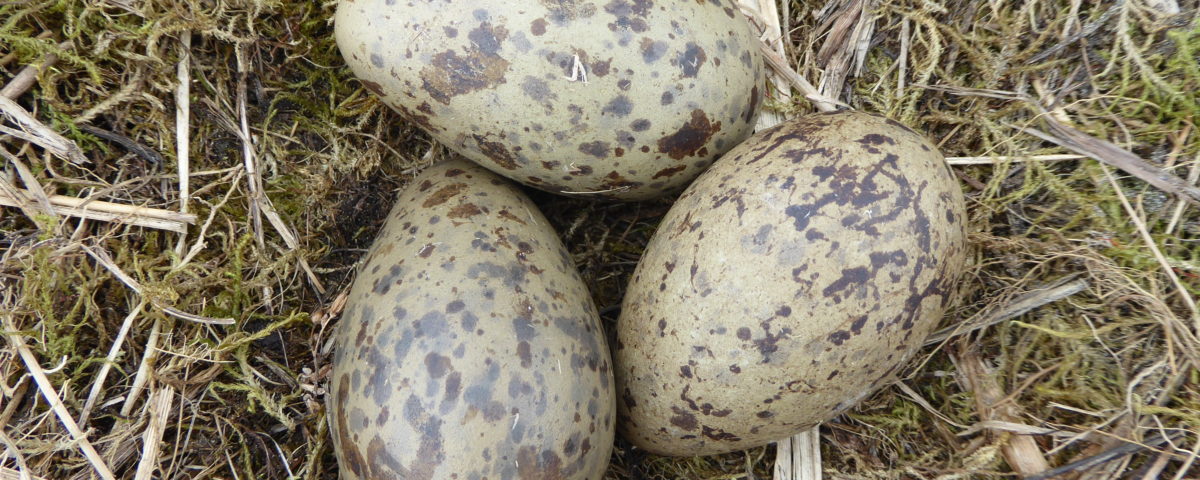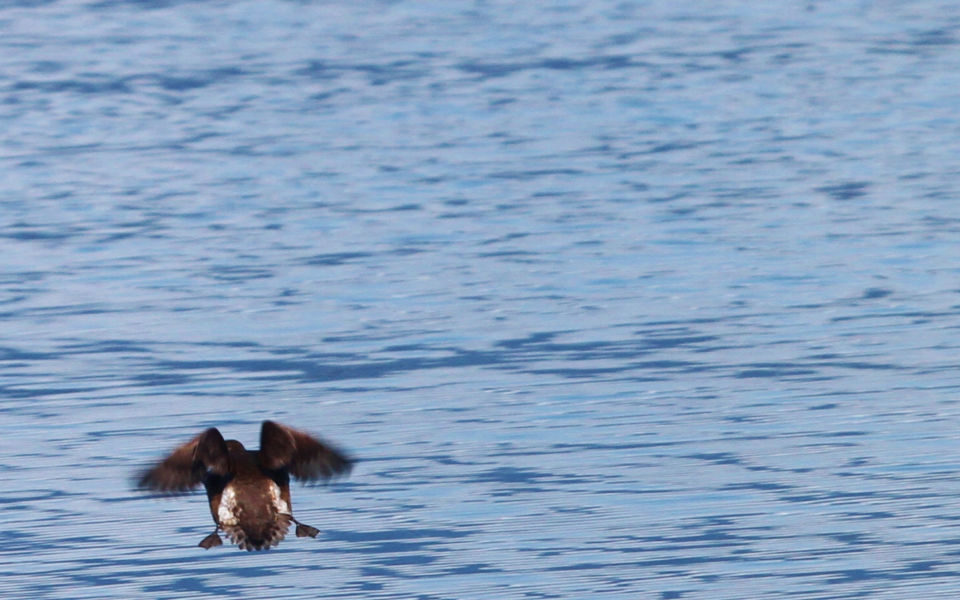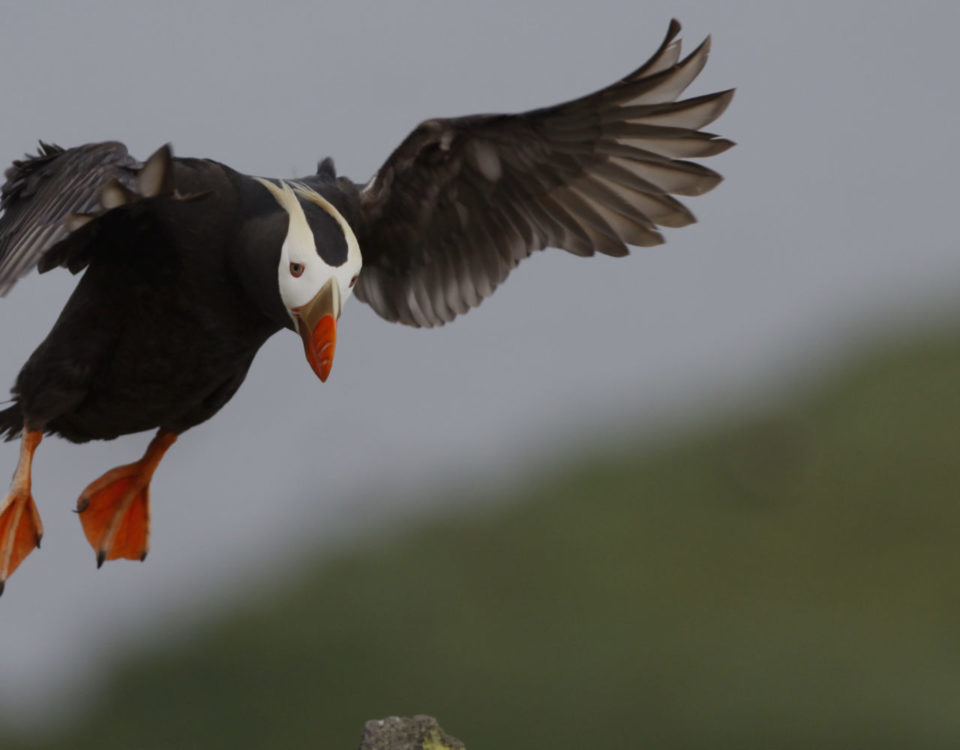Effects of Egg Harvest on Glaucous-winged Gull Nest Success

PROJECT
Effects of Egg Harvest on Glaucous-winged Gull Nest Success
Background
Glaucous-winged Gulls (Larus glaucescens) are the most abundant marine bird on the Copper River Delta. These gulls breed in large colonies scattered across barrier islands of the delta. In the spring, gull eggs are a traditional food in the local native Alaskan culture.
As of 2014, Glaucous-winged Gull eggs can be legally harvested by Cordova residents for subsistence purposes between May 1-31. When eggs are harvested during the egg-laying period, the female continues to lay replacement eggs until the clutch is complete (3 eggs on average). However, if the clutch is removed after incubation has begun, the female must wait 12-13 days before a replacement clutch can be laid.
One aspect of Glaucous-winged Gull breeding ecology that has not been investigated in this region is the effect of human activities, such as egging and colony disturbance, on the growth or decline of gull colonies. For this project we are conducting an experiment to examine the effects of egg removal and human disturbance on hatch success of gulls breeding on a barrier island of the Copper River Delta.
Methods
Our experiment will take place during May and June 2018 in a large (>1000 birds) Glaucous-winged Gull colony located on the west side of Egg Island. This area is not known to be frequented often by local Cordova residents, which will reduce the confounding effects of outside disturbance.
We will apply three experimental treatments to plots of nesting gulls and then monitor the nests during the egg-laying and incubation periods.
What we will learn
This study will provide recommendations for management of the subsistence egg harvest and will provide information on the role of disturbance and predation on Glaucous-winged Gull nest success.
PRINCIPAL INVESTIGATOR
Mary Anne Bishop, Ph.D.Research Ecologist
mbishop@pwssc.org




